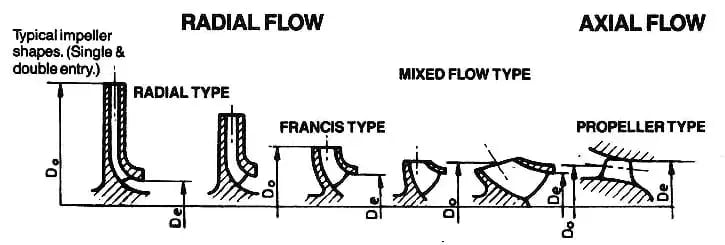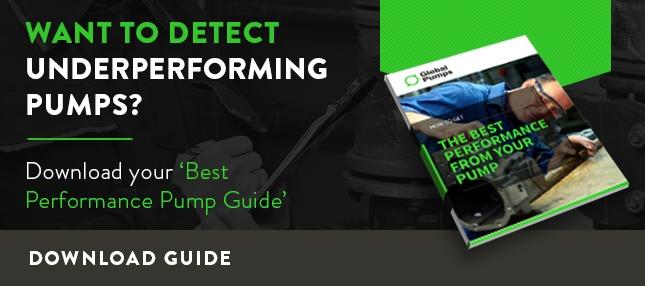There are many different types of pumps on the market, this article will help you understand the differences between each pump type.
The type of pump you'll need will depend on your application, including:
- The type of liquid you wish to pump
- The distance you wish to move the liquid
- The volume you need to achieve over a specific time frame
But it can be difficult to know exactly which pump you should choose. There are so many designs and niches that identifying the pump which will meet these three needs can be confusing. To simplify things when trying to select your pump, there are two types of pump which work in very different ways and broadly encapsulate most pump designs.
Centrifugal Pumps
This type of pump is one of the most common in use today. Like other pump designs, it uses an impeller, which is a rotating blade to generate suction which then moves fluid through pipes. The rotating impeller creates what is known as centrifugal force, giving this pump design its name. The pump can be driven by an electric motor or engine.
Centrifugal pumps are usually used for liquids which are low in viscosity and low in solid concentration. However, there is a centrifugal slurry pump which can move liquids with a large amount of particles.
The PIA Australian Pump Technical Handbook (2007, p.30) classifies impellers into three designs:
- Axial Flow: The axial flow impeller discharges fluid along the shaft axis. For this reason an axial flow pump is by definition not "centrifugal" in its pumping action.
- Radial Flow: The radial flow impeller discharges the fluid radially at 90° to the shaft axis.
- Mixed Flow: The mixed flow impeller discharges fluid in a conical direction using a combined radial and axial pumping action – as suggest by the title.
Figure 1 illustrates these clasification.

Positive Displacement Pumps
This type of pump creates an expanding cavity on the suction side of the pump and a contracting cavity on the discharge outlet. This difference creates pressure which pulls and pushes a fluid simultaneously, exerting enough force to create flow.
Positive displacement pumps come in two designs:
- Reciprocating: In this design, the suction is created by a piston which plunges into and pulls out of the material. Valves are used to ensure that the flow only moves in one direction. A reciprocating design therefore pulses the liquid at identical intervals

- Rotary: A rotary design uses two gears which mesh together. The movement of the gears creates high pressure on the discharge side which creates flow



Due to the design, positive displacement pumps are better at handling viscous material. There are many different types of positive displacement pumps, such as:
- Rotary lobe pump
- Progressing cavity pump
- Rotary gear pump
- Piston pump
- Diaphragm pump
- Screw pump
- Gear pump
- Vane pump
- Peristaltic hose
Global Pumps supply a huge range of industrial pumps, stocked locally in Australia, with fast delivery.




